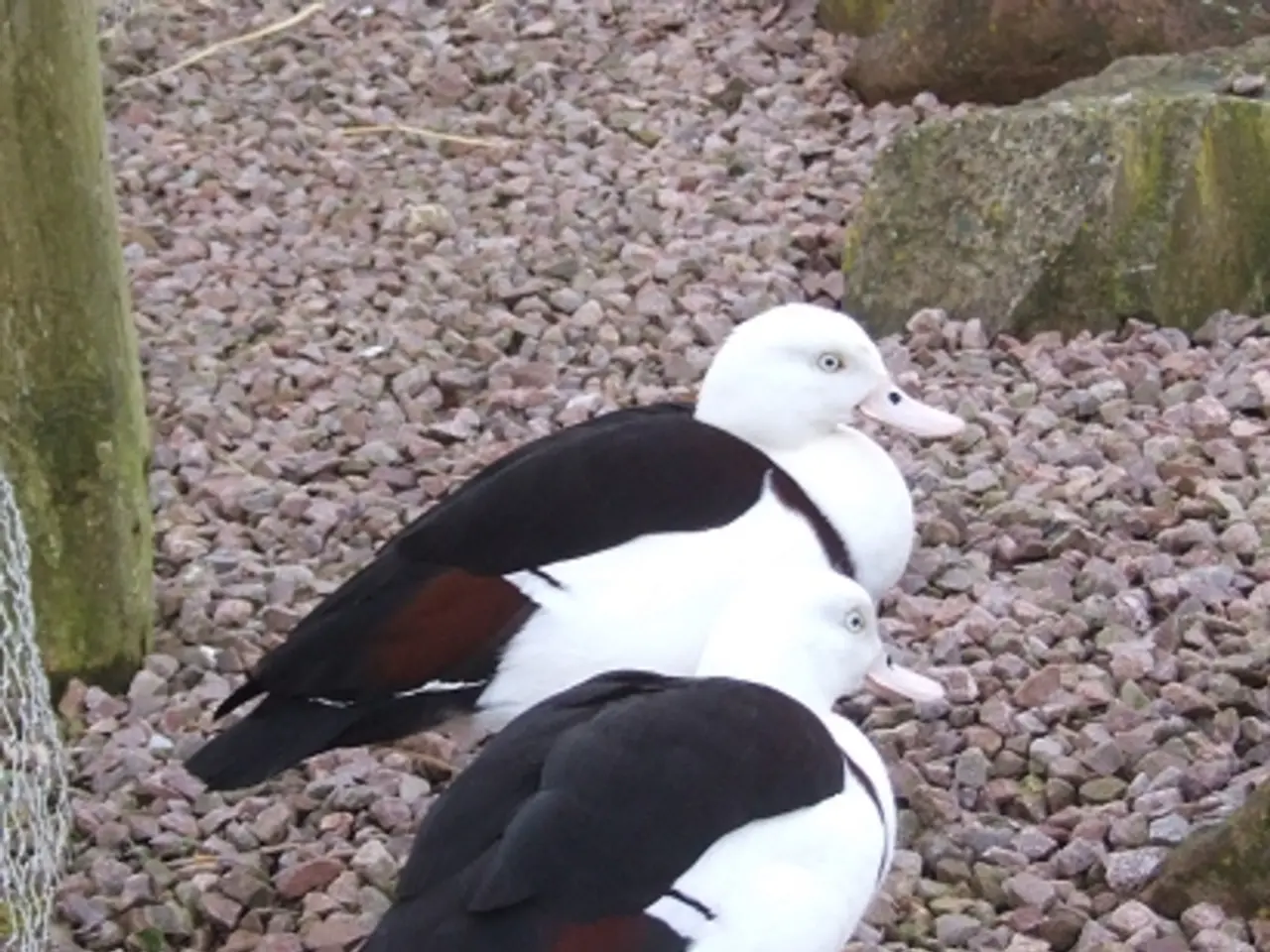initiate a DIY Rock Study - hands-on rock exploration for children
In an exciting journey to learn about the diverse world of rocks, children can now take part in a captivating and educational activity called Rock Lab. This activity, designed specifically for Key Stage 2 Science, will help young learners identify and categorise various types of rocks such as igneous, sedimentary, and metamorphic.
The Rock Acid Test is one of the key components of the Rock Lab activity. Using a common household item like vinegar, children can identify sedimentary rocks based on their reaction to the acid. Sedimentary rocks, which form under the sea and are permeable, should react with vinegar, causing them to fizz. On the other hand, metamorphic and igneous rocks, which are generally denser and impermeable, do not react with vinegar.
To start the exploration, visual observation and texture checks are essential. Igneous rocks, formed from cooled lava or magma, typically have a crystalline texture and can be coarse-grained (like granite) or fine-grained/glassy (like basalt or obsidian). Sedimentary rocks, formed from compressed sediments, often layered and may contain visible grains or fossils. Metamorphic rocks, formed from heat and pressure altering existing rocks, show signs of distortion, banding, or foliations.
Hands-on experiments are another exciting part of the Rock Lab activity. Using a simple scratch test with fingernails, a coin, or a nail to check hardness, examining grain size and layering using magnifying glasses, and feeling surface texture to distinguish smooth or glassy (igneous) from gritty or crumbly (sedimentary) are all essential steps in the identification process.
For a more interactive experience, children can engage in a rock cycle simulation using materials like candy (e.g., Airheads) to mimic rock formation processes. This hands-on approach offers a fun and engaging way to understand the various stages of rock formation.
To aid in the identification process, a collection of rock samples representing igneous, sedimentary, and metamorphic types, rock identification charts or guides with pictures and clues about each rock type, hand lenses or magnifying glasses to observe texture and grain size, and simple tools like a nail, coin, or glass plate for scratching tests are all essential materials for the Rock Lab.
In summary, the Rock Lab activity provides an engaging and educational experience for children to learn about rocks, soils, and fossils. By combining simple observation, tactile experiments, and interactive models, young learners can easily distinguish between rock types and gain a deeper understanding of the fascinating world of rocks.
[1] Educational Rock Cycle Kits: https://www.educationalinsights.com/products/geology-rocks-minerals-and-fossils/rock-cycle-kit [2] Airheads Rock Cycle Kits: https://www.nestleusa.com/brands/airheads/products/airheads-rock-cycle-kits [3] Rock Identification Chart: https://www.dino-lore.com/rock_identification_chart.html
- The Rock Lab activity is designed for kids to delve into the exciting world of rocks, offering them an educational experience.
- The key component of Rock Lab is The Rock Acid Test, using vinegar to identify sedimentary rocks through observation.
- Sedimentary rocks, formed under the sea, react with vinegar and cause a fizzing reaction.
- Igneous and metamorphic rocks, denser and impermeable, do not react with vinegar during the test.
- Visual observation and texture checks are crucial in identifying rock types at the beginning of the activity.
- Igneous rocks have a crystalline texture, often coarse-grained like granite or fine-grained like basalt or obsidian.
- Sedimentary rocks, made from compressed sediments, may have layered structures and contain visible grains or fossils.
- Metamorphic rocks show signs of distortion, banding, or foliations, formed by heat and pressure altering existing rocks.
- Hands-on experiments offer an exciting part of the Rock Lab activity, helping kids identify rock types through hardness checks and texture analysis.
- Using a simple scratch test with fingernails, a coin, or a nail to check hardness is essential in the identification process.
- Examining grain size and layering using magnifying glasses is another important step in identifying rock types.
- Rock cycle simulations using materials like Airheads candies help kids understand the various stages of rock formation in a fun and engaging way.
- Essential materials for the Rock Lab include a collection of rock samples, rock identification charts or guides, hand lenses or magnifying glasses, and simple tools for scratching tests.
- Educational Rock Cycle Kits provide users with various rock, mineral, and fossil samples.
- Airheads Rock Cycle Kits offer a fun, hands-on approach to learning about rock cycles, using candies to mimic rock formation processes.
- A rock identification chart can serve as a useful tool, providing pictures and clues about each rock type.
- Hand lenses or magnifying glasses help observe texture and grain size more closely during the activity.
- Simple tools like a nail, coin, or glass plate aid in the scratching tests to determine a rock's hardness.
- The Rock Lab activity equips kids with the necessary skills to distinguish between rock types and deepen their understanding of rocks, soils, and fossils.
- Rock Lab encourages personal growth and self-development in young learners, fostering their curiosity and love for learning.
- Career development opportunities may emerge for those who become interested in rocks, soils, and fossils through their participation in activities like Rock Lab.
- Job search platforms and skills training programs can help those passionate about geology and related fields find employment opportunities related to the exciting world of rocks.
- Environmental science, climate change, and space and astronomy are fields where knowledge of geology plays a significant role.
- Men's health, women's health, skin care, and therapies and treatments also have connections with geology, as rocks and minerals are often used in various healing methods and products.




